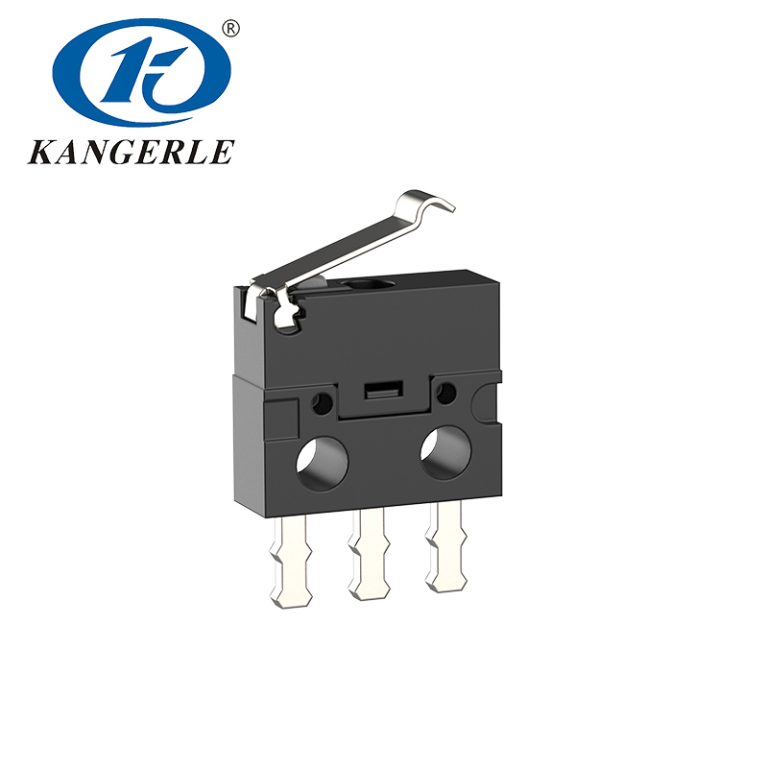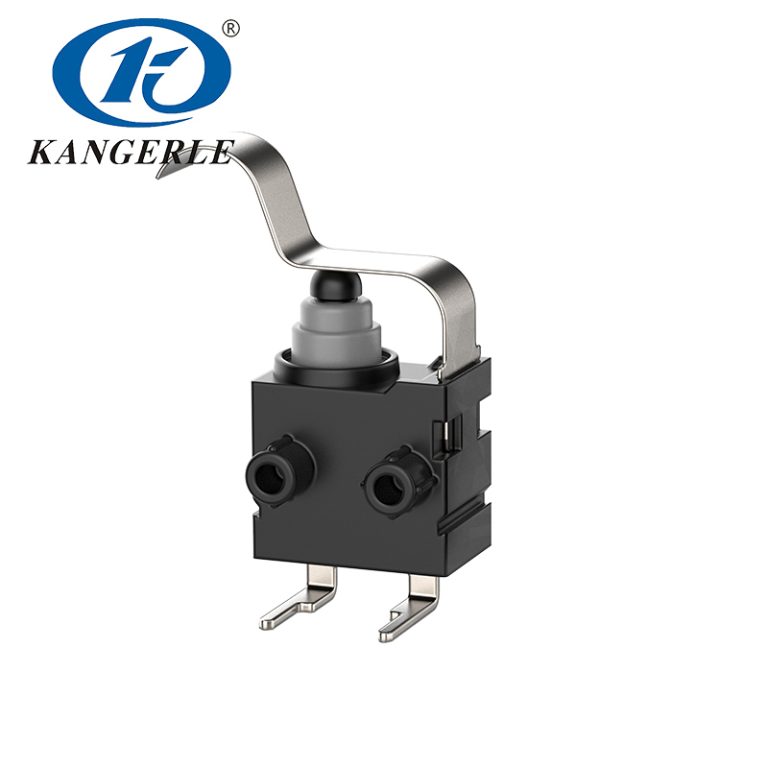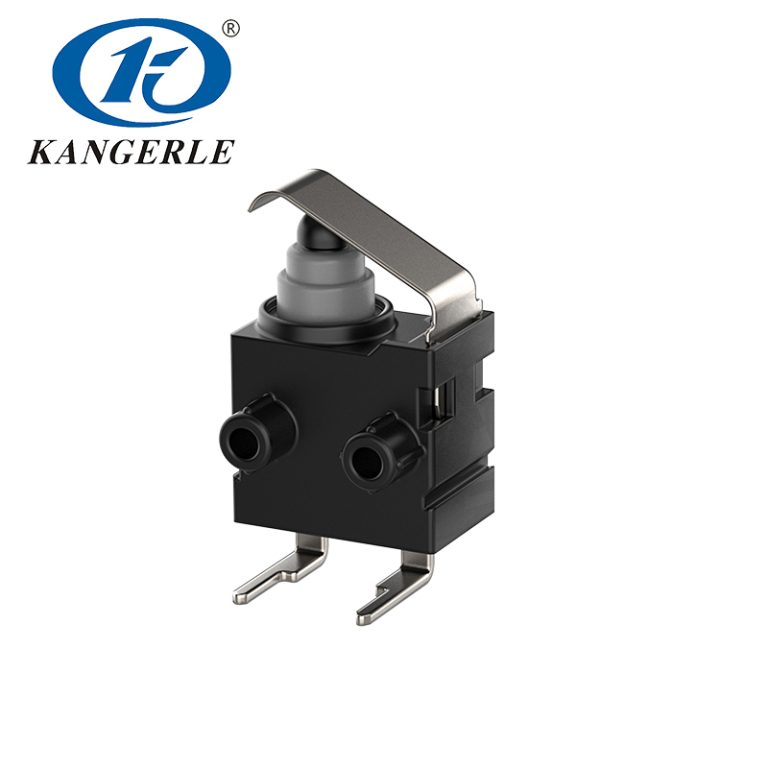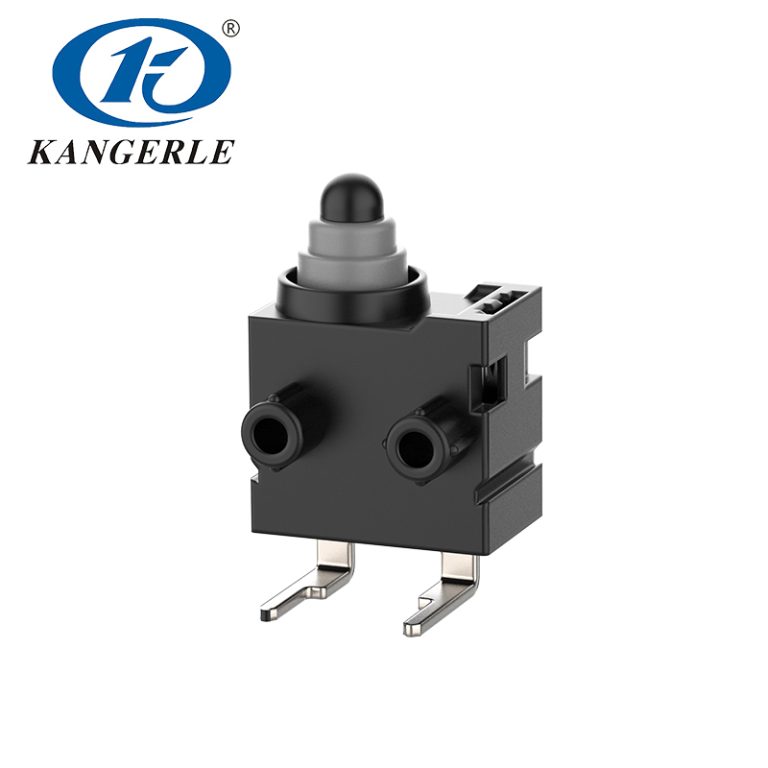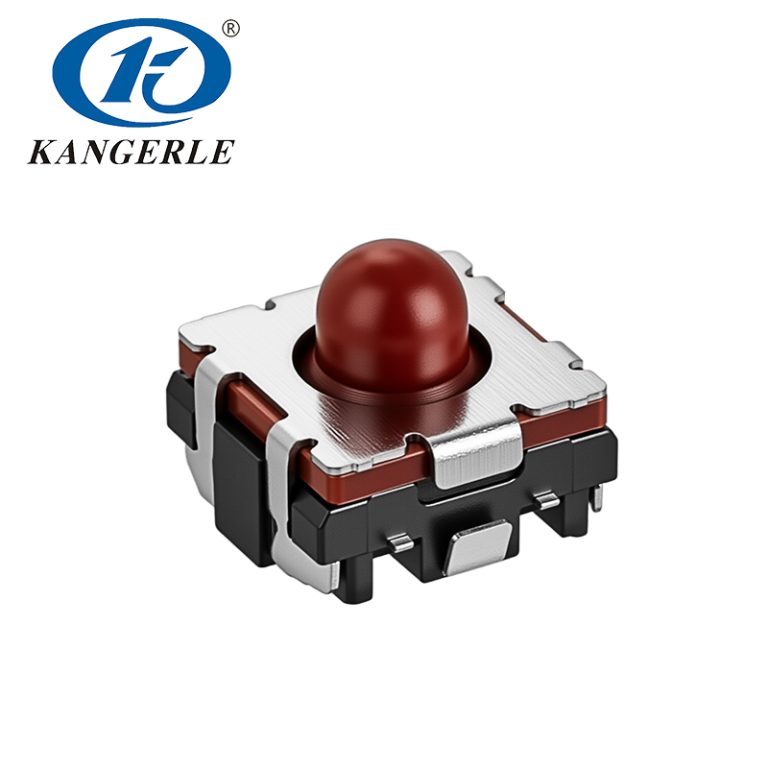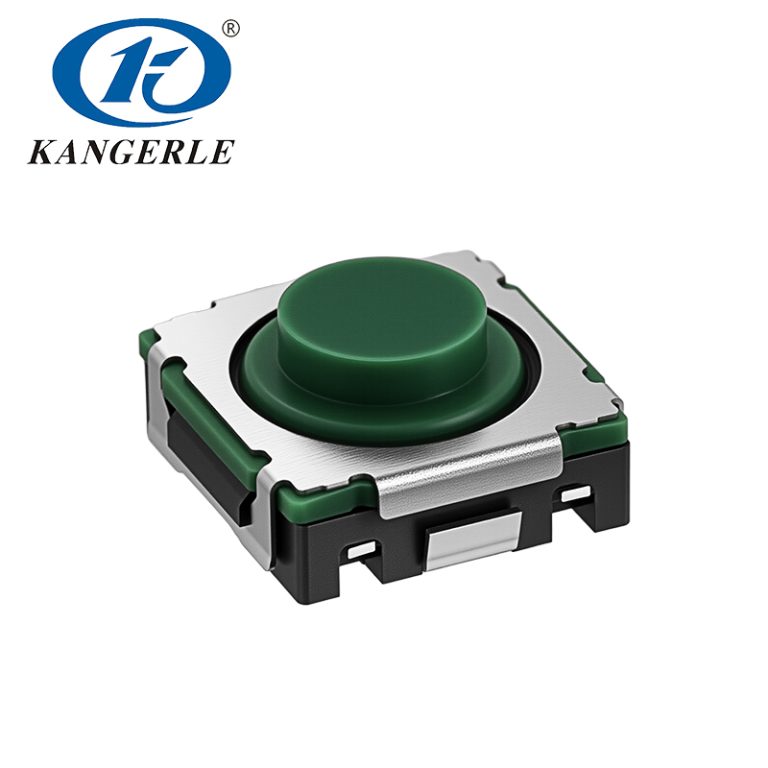Tactile switches in cars are small but mighty parts. They make buttons work smoothly in things like steering wheels, dashboards, and Automotive Remote Control systems. When these switches break, they cause trouble. You might face annoying delays or even safety risks. Spotting faulty switch symptoms early saves time and money. It keeps your car running well.

This blog explains a quick 5-second test to find failing tactile switches. We’ll use simple tools like a multimeter and focus on fixing common problems for car pros and DIY fans.
Signs of a Broken Tactile Switch
Spotting a bad tactile switch means looking for clear signs. Here are the top issues you might see:
Buttons That Don’t Work or Feel Sticky
A big clue is when buttons don’t respond well. This is called poor button responsiveness. You might press a steering wheel button, like one for music volume, and it feels slow. Or it takes extra force. Sometimes, it doesn’t work at all.
- Signs: Slow response, uneven clicks, or no action.
- Problem: Makes car features, like radio controls, hard to use.
Buttons Working On and Off
Sometimes, a button works one moment but not the next. For example, a headlight button might need several pushes. Or an Automotive Remote Control key fob might fail randomly.
- Signs: Buttons work only sometimes. You need to press repeatedly.
- Problem: Can mess up safety features, like door locks.
Too Much Contact Resistance
When a switch has high contact resistance, it doesn’t send clear signals. Dust, water, or rust can build up inside, making the switch act up.
- Signs: Dim screens, flickering lights, or weak button presses.
- Problem: Hurts systems like driver-assist features.
Worn-Out or Broken Parts
Over time, switches can physically break. The button might feel loose or wobbly. You might hear a click but feel no response.
- Signs: Shaky buttons or no clicky feedback.
- Problem: Makes buttons feel cheap or unreliable.
The 5-Second Test: Checking Switches with a Multimeter
The button responsiveness test is a fast way to check a tactile switch. It takes just 5 seconds. Using multimeter testing, you can measure contact resistance and see if the switch works. Here’s how to do it:
Tools You Need
| Tool | Job |
| Multimeter | Checks resistance and connections |
| Small Screwdriver | Opens panels to reach the switch |
| Tweezers (optional) | Helps with tiny parts |
| Cleaning Solution | Cleans dirt or rust |
How to Test Step by Step
Set Up Your Multimeter:
- Turn the multimeter to continuityor resistance (Ω)
- Make sure the car’s power is off. This prevents shocks or damage.
Find the Switch:
- Locate the tactile switchin places like the steering wheel or Automotive Remote Control.
- Use a screwdriver to open covers carefully.
Test for Continuity:
- Touch the multimeter probes to the switch’s two terminals (SPST-NO setup).
- When the switch is not pressed, the multimeter should show “OL” (no connection).
- Press the switch. A good switch shows low resistance (0-0.5 Ω) or beeps.
Check Contact Resistance:
- While pressing the switch, look at the resistance number. If it’s over 100mΩ, the switch might have too much contact resistancefrom dirt or wear.
Look for Physical Problems:
- Check for dust, rust, or broken parts. Clean with a safe solution if needed.
- Test again to see if cleaning fixes the issue.
What the Results Mean
| Result | What It Means | What to Do |
| No connection when pressed | Switch is broken | Replace the switch |
| High resistance (>100mΩ) | Dirt or wear inside | Clean or replace |
| Connection without pressing | Short circuit | Check for dirt or replace |
| Uneven readings | Switch works on and off | Replace the switch |
This quick button responsiveness test spots faulty switch symptoms fast. It saves you from long hours of guessing.
Why Catching Problems Early Is Key
Ignoring faulty switch symptoms can cause bigger issues. A bad tactile switch in a steering wheel might disable safety features. A broken Automotive Remote Control button could lock you out of your car. Using multimeter testing early helps because:
- Safety: Keeps critical systems, like brakes or locks, working.
- Saves Money: Fixes small problems before they grow.
- Keeps Things Smooth: Ensures your car works well, even in tough weather (-10°C to 60°C).Tactile switches, like the KEL-B002, work great in cold or hot conditions, from -10°C to 60°C

About KANGERLE: A Top Micro Switch Maker
KANGERLE makes high-quality tactile switches and micro switches. Models like the KEL-C005 and KEL-B002 are built for tough car jobs.

They last for ≥100,000 cycles, handle a rated load of DC12V 50mA, and need 160-400gf to press. They work great in cold or hot conditions, from -10°C to 60°C. You’ll find them in steering wheels, key fobs, and other car parts. Check out KANGERLE’s website for more.
FAQs: Common Questions About Checking Faulty Switches
Q1: What are common faulty switch symptoms in tactile switches?
A: Typical faulty switch symptoms include buttons that stick or don’t work, uneven responses, high contact resistance, or worn-out parts. You might notice slow button presses, random failures, or no action in things like Automotive Remote Control or steering wheel buttons.
Q2: Can I test button responsiveness without a multimeter?
A: A multimeter is best for multimeter testing. But you can do a simple button responsiveness test by pressing the button several times. Check if it feels right or works every time. If it’s sticky or skips, it might be bad. Still, a multimeter gives the best results.
Q3: What causes high contact resistance in switches?
A: High contact resistance comes from dirt, water, or rust inside the switch. Heavy use (past ≥100,000 cycles) or bad sealing can make it worse. This leads to weak or spotty performance.
Q4: Can cleaning fix faulty switch symptoms?
A: Sometimes, cleaning helps with faulty switch symptoms caused by dirt or rust. Use contact cleaner or isopropyl alcohol on the switch terminals. Test again to see if contact resistance drops below 100mΩ.
Q5: How often should I check tactile switches in cars?
A: Test high-use switches, like those in steering wheels or Automotive Remote Control, yearly. Do it after 100,000 cycles or in extreme weather (-10°C to 60°C). A quick button responsiveness test catches problems early.
Keep Your Car Running Smoothly
Don’t let a broken tactile switch mess up your car’s controls or safety. The 5-second button responsiveness test helps you spot faulty switch symptoms fast. It keeps your vehicle reliable. Whether you’re checking a KEL-C005 or KEL-B002, using good switches and checking them often makes a big difference. Visit KANGERLE’s website to find strong tactile switches for your car. Start testing now and drive worry-free!

